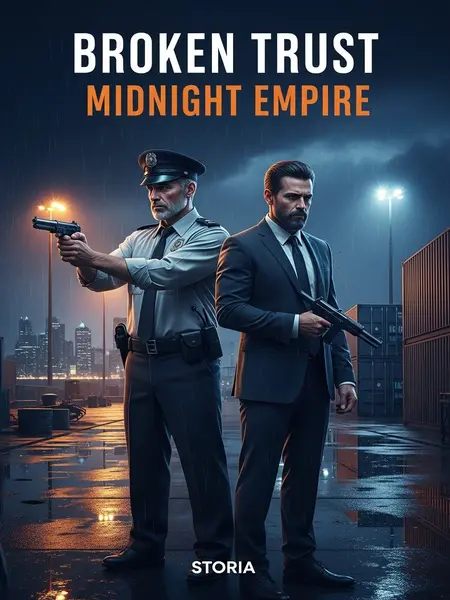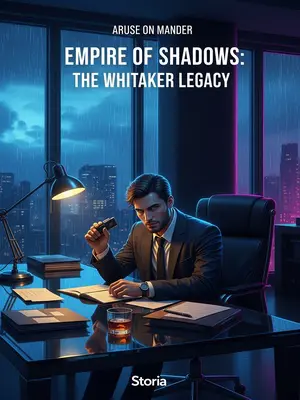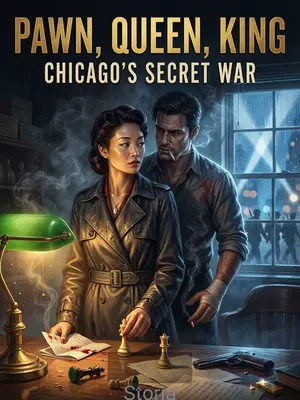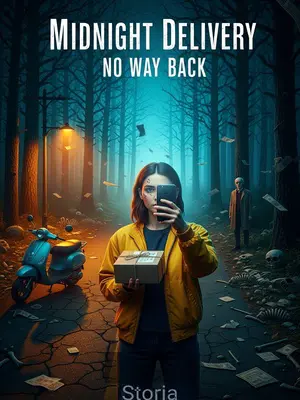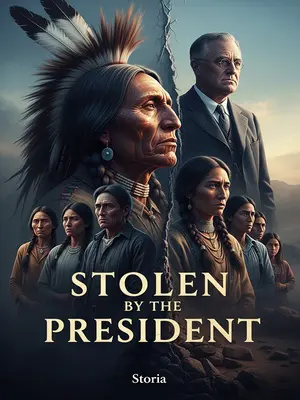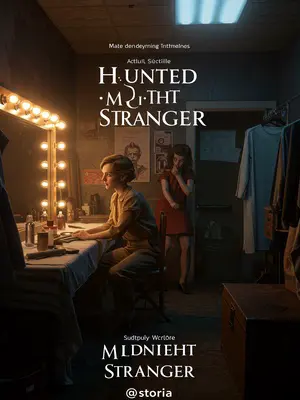Chapter 2: Beneath the Surface
Director Little said, “Okay, I’ll report up the chain and bring a team over right away.”
Her tone was all business, but I could sense the excitement underneath. These were the moments that made all the long hours and endless paperwork worth it.
Once Director Little and her team arrived, we started a full inspection, popping open every small barrel. Almost every single one had a modified bottom. We pulled out bag after bag of the same yellowish-white crystals. The total haul was 1,120 pounds. I come from a finance background, and I’d never seen that much chemical material in my life. It was staggering.
The sight of all those bags stacked up on the inspection table was enough to make your jaw drop. Even the most seasoned agents were shaking their heads, just trying to process it. I snapped a few photos for the report—pictures that would soon be the talk of headquarters.
We sent samples for testing and rushed to track down where the shipment came from. When we got in touch with the customs broker for the freight forwarder, they said this was a new client, shipping here for the first time. Their department had checked the paperwork and found nothing weird, so they let it through. The client was introduced by the company boss. That stuck with me.
There was a lot of finger-pointing, as you might expect. Nobody wanted to take the blame for missing something this big. Still, the trail was fresh, and we followed it, one phone call at a time. I remember thinking, this is where it gets interesting.
The boss of the export trading company, Raymond Shaw, was brought in fast. We told him he was suspected of being tied to drug smuggling, and he folded quick. He said a friend in Ohio put him in touch with the client. We asked if he’d help us out. Shaw replied, “I’m just running a business here. Our company didn’t know anything was hidden. Of course I’ll cooperate.”
Shaw looked pale, sweat beading at his hairline. He kept wringing his hands. “I swear, I had no idea.” Whether or not I bought it didn’t matter—we needed his help right then.
Chief Gina Foster from anti-smuggling asked, “Do you know anything about your client’s company?”
Shaw said, “They’re a chemical company, just like it says on the declaration: Ohio Heritage Chemical & Pharma. I spoke to their boss—a woman—once on the phone. Everything else was handled by our salesperson and their side.”
He hesitated a little before mentioning the woman, but his eyes flickered with recognition—like he was putting the pieces together himself, right there in the interview room. I watched him closely.
I said, “We’ve notified your salesperson that customs is conducting an inspection. If the woman in charge contacts you, just tell her the batch is undergoing manual inspection because, since it’s a pharmaceutical export, customs has to do a stricter check.”
I handed him a script, watching his hands tremble as he read it over. “Just stick to the story,” I told him quietly. No improvising.
Chief Foster added, “We’ll have someone work with you these next few days. You’re okay with that, right?”
Shaw replied, “Of course! I never thought something like this would happen!”
He gave a nervous laugh, trying to lighten the mood. But nobody in the room was smiling. The gravity of it all was sinking in.
That evening, the test results came back: the crystals were “piperonyl methyl ketone,” a precursor chemical that’s tightly regulated. It’s used in making industrial fragrances, but I’d never seen such a strange chemical name before. I paused, letting that sink in.
I Googled it on my phone right there at my desk, fluorescent lights buzzing overhead. The more I read, the more my stomach dropped. This wasn’t just a routine bust. My mind was racing—this was big.
That night, after reporting to the federal anti-smuggling bureau and working with Ohio authorities, we gathered everything we could on Ohio Heritage Chemical & Pharma. They mainly produced raw materials for pain-relief drugs, both herbal and over-the-counter. On paper, Jacob Evans was the official owner, but the real boss was his wife, Autumn Evans—the same woman who’d contacted Shaw. Everything looked normal from the outside. That was the scary part.
I pored over their website, LinkedIn profiles, even old news clippings. The Evanses looked like the picture of Midwestern respectability—church fundraisers, PTA meetings, the whole nine yards. But underneath? Something else entirely.
A day later, since Heritage Chemical still hadn’t reached out to the freight forwarder, we had Shaw call Autumn Evans. Following our script. Shaw said, “Ms. Evans, since you’re using our agency, customs is insisting on a manual inspection. It might delay things by two or three days, but I’ll do my best to speed it up. If it affects your overseas clients, since you’re a friend of Mr. Lee, we can compensate you.”
I listened in, watching the way Shaw’s voice wavered just a bit. You could tell he wasn’t used to this kind of pressure. I scribbled notes, tracking every word for the file. My nerves were humming.
Her voice was calm, almost soothing—like she’d been through this dance before. “Mr. Shaw, just do your best. No need for compensation; it’s normal for there to be a few days’ delay at the port or at sea.”
She didn’t sound rattled at all, which set off a little alarm bell in my mind. People who are truly innocent usually get a lot more upset about delays. I made a mental note of that.
At this point, we were 100% sure Autumn Evans was the one sending the shipment and fully aware of what was inside. With that confirmed, the federal anti-smuggling bureau and DEA formed a special task force—the “9·16” task force. As part of the Southwest border anti-smuggling team, I joined Director Little and Chief Foster to coordinate our region’s efforts.
I felt the weight of it as I read the email: subject line in bold, all-caps. This was the kind of case you’d see on a Netflix docuseries. The office buzzed with tension—everyone wanted in on the action.

